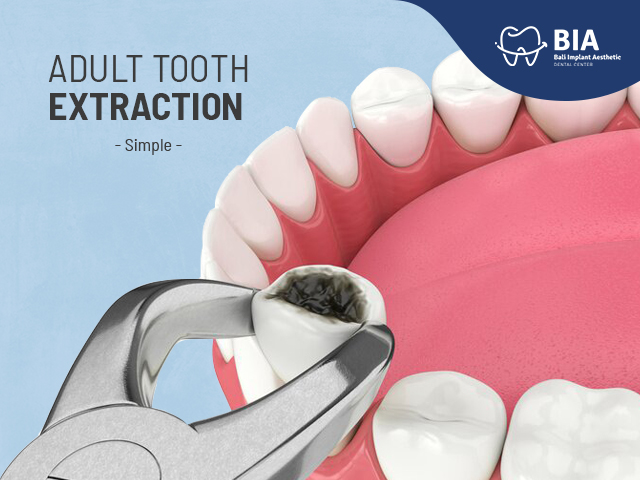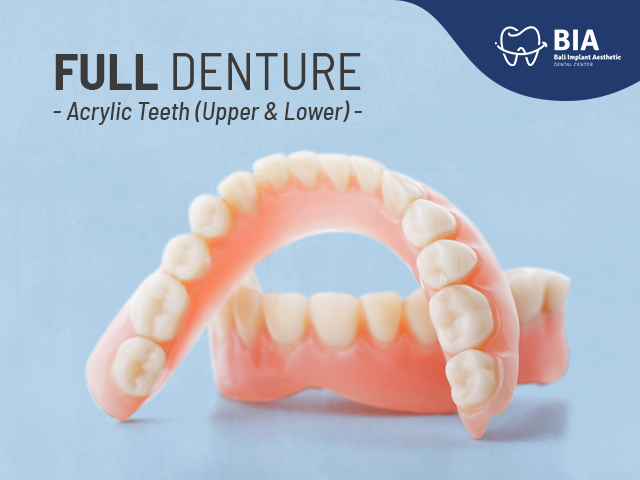Should we use mouthwash? Understand the side effect first!
Article | 2020-03-13 01:05:18
Home » Articles » Should we use mouthwash? Understand the side effect first!
Should we use mouthwash? Understand the side effect first!
DEFINITION MOUTHWASH
Mouthwash is a solution containing active components such as antiseptics, antibiotics, astringents, antifungal and anti-inflammatory effects for the oral cavity and pharynx. Mouthwash is generally used to keep the breath fragrant and fresh, prevent mouth diseases, such as cavities and gum inflammation and reduce and inhibit plaque formation.
TYPES OF MOUTHWASH
There are two types of mouthwash: cosmetic and therapeutic. Cosmetic mouthwash may temporarily control bad breath and leave behind a pleasant taste, but have no chemical or biological application beyond their temporary benefit. For example, if a product doesn’t kill bacteria associated with bad breath, then its benefit is considered to be solely cosmetic. Therapeutic mouthwash, by contrast, has active ingredients intended to help control or reduce conditions like bad breath, gingivitis, plaque, and tooth decay.
MOUTHWASH INGREDIENTS
Various types of mouthwash are available on the market with different active ingredients. Some of the main ingredients in mouthwash include chlorhexidine gluconate, benzydamine hydrochloride, cetylpyridinium chloride, sodium benzoate, triclosan, hydrogen peroxide, povidone-iodine, fluoride, sodium bicarbonate, essential oils and ethanol.
WHAT ARE THE SIDE EFFECTS?
The use of mouthwash is actually okay, because it is used to eliminate bad breath. But in the mouthwash there are antiseptic substances that function to kill germs and if excessive can damage the ecosystem in the oral cavity which can eventually cause bad breath. Antiseptic contained in mouthwash works against plaque, protects teeth from damage and disguises bad breath. Using mouthwash without clear rules can cause an increased risk for the following things to happen:
A. Burning Mouth Sensation
Burning sensation in oral tissue is a form of complaint that is reported by many mouthwash users who contain alcohol. The sensation felt is proportional to the alcohol concentration and the length of time to rinse. Based on this fact, its use is not recommended in patients who suffer from soft tissue injuries of the mouth. This burning sensation will decrease and disappear if its use is stopped.
B. Oral Pain
The use of mouthwash made from alcohol is also reported to cause oral pain. Ethanol affects the tissue and the user's pain perception. The duration of gargling is directly proportional to the beginning of the pain and intensity. This pain is felt more and more longer in non-alcoholic individuals, due to degeneration of nerve endings in the oral mucosa that occur due to the use of alcoholic drugs. Prolonged contact with mouthwash containing alcohol makes the nerve response decreases, because ethanol is able to destroy nerve tissue.
C. Tooth Color Change
A study has shown that alcoholic mouthwash causes noticeable discoloration on the surface of the teeth compared to alcohol-free or chlorhexidine mouthwash. High alcohol concentration (± 21.6%) and low pH of mouthwash cause demineralization of tooth enamel after long-term use, besides causing pigmentation (discoloration) on the tooth surface. Discoloration caused by alcohol mouthwash is seen in emails that turn dark to bluish.
D. Oral Cancer
Another risk that needs attention in alcohol mouthwash is the risk of cancer. Some mouthwash even contain higher alcohol than alcoholic drinks which is 26%. In general, the ethanol contained in some mouthwashes increases the absorption of cancer triggers into the oral tissues. Not a bit of scientific evidence that has succeeded in proving the relationship of alcohol with oral cancer. In this case, a study has proven that the routine use of mouthwash containing alcohol causes a higher prevalence of oral cancer among women than men. Even though these sufferers do not smoke and consume alcohol. Research conducted in 1991 showed a significant increase in the risk of oral cancer associated with regular use of mouthwash, variations in dosage, duration and frequency of mouthwash use and alcohol concentration. Other studies suggest mouthwashes with different alcohol contents namely alcohol free, low alcohol (<25%) and high alcohol (> = 25%) prove that the increased risk of oral and pharyngeal cancer is directly proportional to the concentration of alcohol. Routine use twice a day is reported to increase the risk nine times more for users who are smokers, and five times more for users who are consuming alcohol, and five times more for those who have never consumed alcoholic beverages.
Because of some of the risks above its use must follow the rules and regulations recommended by health practitioners for example by doctors, dentists, dental nurses or dental health workers. Health practitioners also suggest suggestions for using mouthwash with a function as a supplement or supplement to perform oral health care only.
The selection of mouthwash can not be arbitrary. There are various causes arising from bad breath, and not all bad breath can be eliminated only by using mouthwash. The effective use of mouthwash is at night when you want to sleep. Because when we sleep our mouths have no activity at all, thus it is the right time for germs to indulge.
Source:
Wirth Tanja, Kawecki MM, Cunningham C, Bovaird I,Macfarlane TV. Can Alcohol Intake from Mouthwash beMeasured in Epidemiological Studies? Development andValidation of Mouthwash Use Questionnaire withParticular Attention to Measuring Alcohol Intake fromMouthwash. J Oral Maxillofac Research. 2012; 3(3):1-2, 7-8.
Fitriani. 2005. Cara Cepat Mengatasi Bau Mulut. (http://i-tbi.org, diakses 17 April 2012)
Akhmadi. 2008. Efek Samping Penggunaan Obat Kumur Terhadap Rongga Mulut. Pontianak: Jurusan Kesehatan Gigi Politeknik Kesehatan Pontianak
Lemos-Junior CA, Villoria GEM. Reviewed evidence aboutthe safety of the daily use of alcohol-based mouthrinses.Brazilian Oral Research. 2008: 24-30
Satpathy A, Ravindra S, Porwal A, Das AC, Kumar M,Mukhopadhyay I. Effect of alcohol consumption statusand alcohol concentration on oral pain induced byalcohol-containing mouthwash. Journal of Oral Science.2013; 55(2): 99-100, 103-04
Moreira AD, Mattos CT, Araujo MV, Ruellas AC,Sant’Anna EF. Chromatic analysis of teeth exposed todifferent mouthrinses. Elsevier Ltd. 2013: 24-26
Dahiya Varun, Shukia Pradeep, Hasija Shreya.Mouthwashes: role in prevention of oral diseases. IvoryIndia. 2013: 48.
Werner C.W de, Seymour R. A. Are alcohol containingmouthwashes safe? British Dental Journal. 2009: 1-4.
https://www.ada.org/en/member-center/oral-health-topics/mouthrinse




